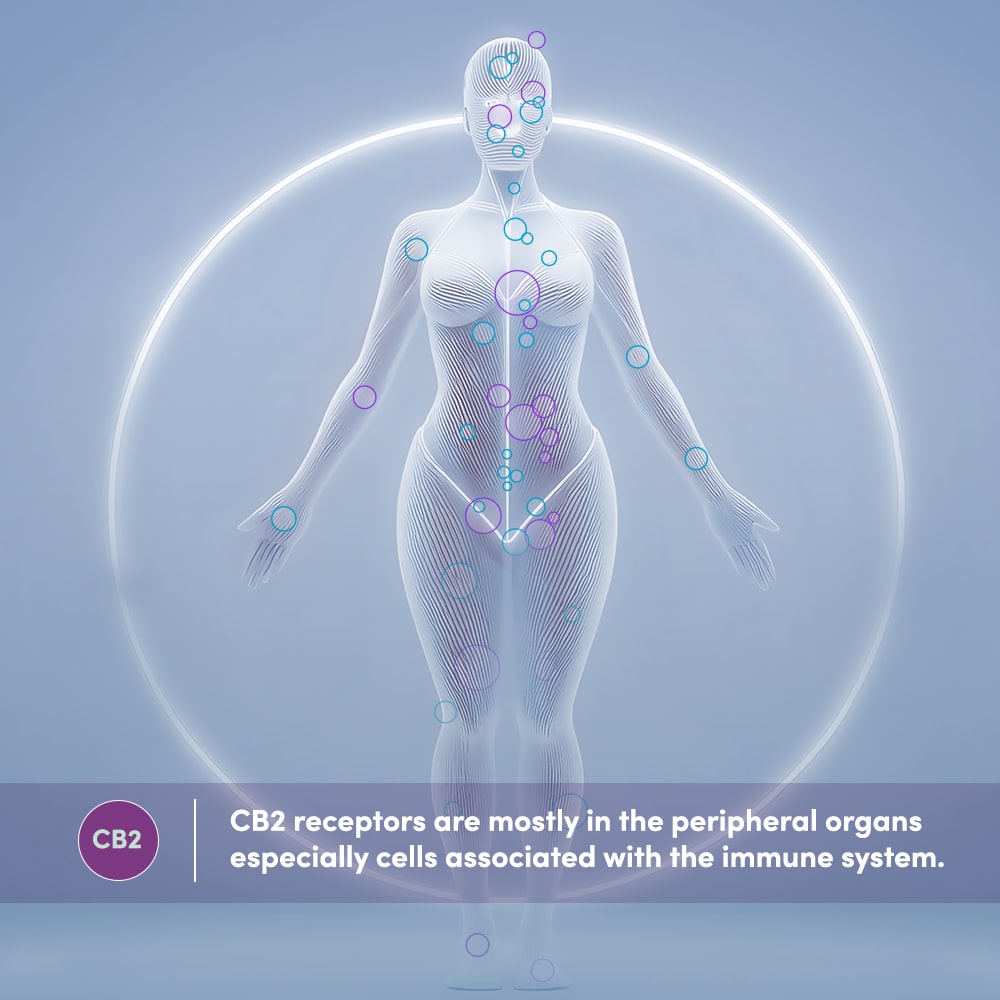
By: Maria Alejandra Tangarife
Neuroscientist

By: Margarita Venegas
Clinical and Health Psychologist
Apathy or Depression?
The Art of Differentiating Emotions
Apathy and depression are two similar neuropsychiatric symptoms that are often confused in Alzheimer’s Disease. Differentiating their key characteristics may help families and caregivers provide better care to those affected by Alzheimer’s Disease.
As Alzheimer’s Disease advances, it often brings a range of symptoms, including troublesome neuropsychiatric manifestations. Among these, apathy and depression stand out as two of the most prevalent and impactful behaviors during the progression of the disease. Both are considered strong indicators of an increased risk of developing neurocognitive disorders and apathy is considered a pre-dementia phenotype.1 However, these two conditions are frequently mistaken for one another. This can lead to improper diagnosis and treatment as well as lower patient quality of life and higher caregiver burden. This article will explore the differences between apathy and depression, highlight the importance of properly identifying them, and provide guidance in how to do so in Alzheimer’s disease patients.
What are the differences between apathy and depression?
Apathy and depression are similar and often concurrent, they are not the same. Both result in reduced interest and motivation, but only depression causes feelings of sadness, hopelessness, and/or worthlessness.1 Furthermore, apathy does not typically involve thoughts of self-harm or intense anxiety, whereas depression can lead to recurrent thoughts of death, suicidal ideation, anxiety, and/or agitation. Understanding these key differences is essential to provide appropriate support to those afflicted by Alzheimer’s Disease.
Monitoring patients’ motor behavior can help properly differentiate apathy from depression. While apathy is more strongly associated with psychomotor retardation and reduced initiative, depression often causes restlessness.2,3. Another critical aspect of apathetic behavior is that it may persist or worsen even after the administration of common antidepressants such as Selective Serotonin Reuptake Inhibitors (SSRIs).4 On the other hand, some studies have reported that psychostimulants (e.g., methylphenidate), dopamine agonists (e.g., rotigotine), and cholinesterase inhibitors (e.g., rivastigmine) are effective at treating apathetic symptoms.5,6 However, there are no FDA-approved medications to treat apathy like there are to treat depression.
From a prognostic point of view, apathy tends to become more severe with the progression of Alzheimer’s Disease as opposed to depression, which tends to remain stable over time when measured with assessment scales.6,7 More importantly, apathy without depression or presenting both apathy and depression may be considered a risk factor for developing Alzheimer’s Disease.7 Paying attention to the key differences between apathy and depression may help determine which symptoms are more correlated to the development of Alzheimer’s Disease and facilitate better treatment.
Specialized care is fundamental in mitigating the burden that apathy and depression place on patients and caregivers. Paying close attention, carefully differentiating apathy and depression, and seeking professional help, however possible, can help improve the quality of life of patients, their families, and their caregivers.
Additional remarks
For more information refer to Lanctôt and colleagues’ 2023 article:
- Lanctôt, K. L., Ismail, Z., Bawa, K. K., Cummings, J. L., Husain, M., Mortby, M. E., & Robert, P. (2023). Distinguishing apathy from depression: A review differentiating the behavioral, neuroanatomic, and treatment-related aspects of apathy from depression in neurocognitive disorders. International journal of geriatric psychiatry, 38(2), e5882. https://doi.org/10.1002/gps.5882
- Marin, R. S. (1990). Differential diagnosis and classification of apathy. The American Journal of Psychiatry, 147(1), 22-30. DOI: 10.1176/ajp.147.1.22
- Buchman, A. S., & Bennett, D. A. (2011). Loss of motor function in preclinical Alzheimer’s disease. Expert review of neurotherapeutics, 11(5), 665–676. https://doi.org/10.1586/ern.11.57
- Padala, P. R., Padala, K. P., Majagi, A. S., Garner, K. K., Dennis, R. A., & Sullivan, D. H. (2020). Selective serotonin reuptake inhibitors-associated apathy syndrome: A cross sectional study. Medicine, 99(33), e21497. https://doi.org/10.1097/MD.0000000000021497
- Ruthirakuhan, M. T., Herrmann, N., Abraham, E. H., Chan, S., & Lanctôt, K. L. (2018). Pharmacological interventions for apathy in Alzheimer’s disease. The Cochrane database of systematic reviews, 5(5), CD012197. https://doi.org/10.1002/14651858.CD012197.pub2
- Azhar, L., Kusumo, R. W., Marotta, G., Lanctôt, K. L., & Herrmann, N. (2022). Pharmacological Management of Apathy in Dementia. CNS drugs, 36(2), 143–165. https://doi.org/10.1007/s40263-021-00883-0
- Ruthirakuhan, M., Herrmann, N., Vieira, D., Gallagher, D., & Lanctôt, K. L. (2019). The Roles of Apathy and Depression in Predicting Alzheimer Disease: A Longitudinal Analysis in Older Adults With Mild Cognitive Impairment. The American journal of geriatric psychiatry : official journal of the American Association for Geriatric Psychiatry, 27(8), 873–882. https://doi.org/10.1016/j.jagp.2019.02.003







